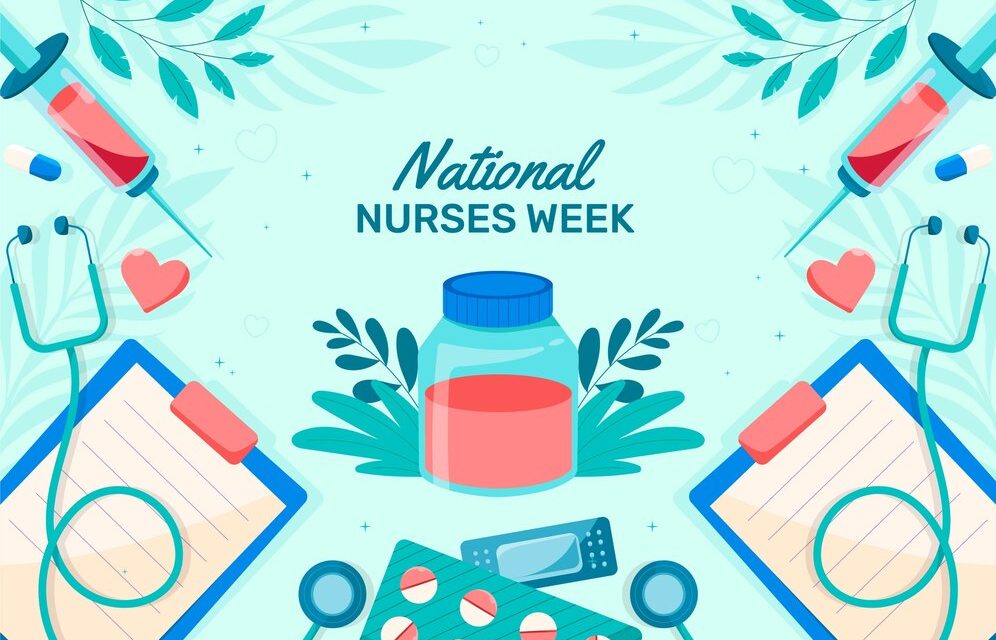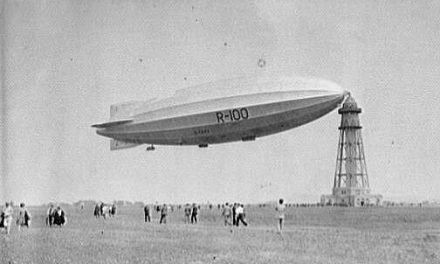by Brian Roulston
Let’s celebrate nurses during National Nurses Week, May 6 to 12th, honouring their selfless commitment to care, whether in a hospital or doctor’s office or in a more dire need, such as a pandemic or natural or man-made disaster.
At the urging of the Canadia Nurses Association, in 1985 the Mulroney government designated the week of May 12 to thank all the women and men, as nurses, who have helped us in our time of need. Under the Kim Campbell government, the Federal Department of Health proclaimed the first National Nurses Week in 1993.
On May 12, nurses celebrate Florence Nightingale’s birthday, commemorating her role as a pioneer of modern nursing. She is called “The Lady with a Lamp” for the lamp she carried on her nighttime rounds during the Crimean War (1854-1856). Nightingale transformed nursing from a disreputable profession into a respected field for women. In 1860, she founded the Nightingale School for Nurses at St. Thomas’ Hospital in London, England, establishing training standards that improved hospital conditions, hygiene, and patient care. Apart from her Italian roots, she was fluent in English, French, German, Latin, and Ancient Greek. A gifted mathematician, she could have competed with the best in history, such as Euclid or Isaac Newton. She used her math skills to create statistics to study health conditions and improve hospital practices. She used charts and diagrams she made during the Crimean War to push the British government for changes in healthcare. Her charts showed the effectiveness of sanitation and education, which, in turn, reduced the death toll of war wounded by 60%.
Today, nurses often specialize in different areas of healthcare, such as oncology, critical care, pediatrics, palliative care, sports and forensics. They administer medications, assist in surgeries, and provide and often advocate for the care and support of their patients. Their work covers more than just these areas. Nursing is a profession that offers a wide range of experiences. Some nurses travel for humanitarian aid and mission services in different countries, fly worldwide aboard air ambulances, work on cruise ships and oil rigs, or work in some of the most remote and forbidding regions of Canada. These diverse experiences make nursing a genuinely fascinating, rewarding and respected profession.
In 1639, Augustine Nuns opened missions in Quebec that cared for people’s spiritual and physical needs. They created North America’s first nursing training program.
Ontario’s first hospitals employed working-class women and provided rudimentary bedside care to vulnerable individuals. In 1874, the General & Marine Hospital in St. Catharines (St. Catharines General Hospital, closed March 24, 2013) established the first formal training program, on a hospital apprenticeship model which led to the establishment of nursing schools in every major hospital across Canada.
On a crisp Monday morning in April 1852, the first Catholic Sisters, identically dressed in long black wool skirts, white linen headdresses, and black veils, bundled up as they boarded a ferry from Toronto to Hamilton. Little did they know they would change the course of healthcare, education, and social services in the city through their efforts to help those living in poverty. The sisters organized fundraisers and canvassed for food, clothing, and heating fuel. They cared for the young and the elderly. Mother Delphine Fontbonne, Sister Mary Martha (Maria von Bunning), Sister Aloysius Walker, and Sister Joseph McDonnell opened schools and orphanages. The sisters later closed their schools and became some of the first nurses in the city volunteering to treat Cholera victims in sheds behind the Great Western Railway Station (today’s CN Stuart Street yard).
In the early days of St. Joseph’s Hospital, during the day Mother Phillip and her assistants were dedicated to the care of their patients. Once the patients were cared for, they meticulously swept, mopped, and polished every centimetre of the hospital until it was in perfect sanitary condition without the aid of conveniences such as floor polishers, vacuum cleaners, or laundry machines. The growth of the hospital led the sisters to open a nursing school. In 1911, St. Joseph’s School of Nursing opened its first nursing school in Guelph. The programme was so popular that a second school was opened in Hamilton. The first class on the Hamilton campus opened with only two students, who were already on staff; other students enrolled over the first semester. After a three-year study course, out of 13 initial students, 9 graduated. The relationship between the nurses and the Sisters on staff was positive.
In 1934, Miss Constance Brewster, Superintendent of Nurses at Hamilton General Hospital, recognized the critical need for academically trained nurses. She envisioned a cutting-edge program that emphasized hands-on clinical experience. Fast-forward twelve years, and her vision came to fruition with the launch of a pioneering five-year nursing program at McMaster University. This groundbreaking initiative quickly earned acclaim and set a new benchmark for nursing education. By 1973, the School of Nursing was already venturing into advanced education and research, demonstrating its commitment to progress. Hamilton Health Sciences (HHS) collaborates with the university and Mohawk College to establish a center for education in fields such as medicine, nursing, and research.
In October 1964, the Hamilton & District School of Nursing (HADSON) officially opened its doors at McMaster University. By 1973, it had been integrated into Mohawk College’s nursing program and other nursing schools.
VON Week, May 17 – 23 celebrates the Victorian Order of Nurses, a non-profit community organization, founded 106 years ago in 1897 by Lady Aberdeen and Adelaide Hoodless to commemorate Queen Victoria’s Diamond Jubilee. It was established to provide nursing care to those least able to afford in-home palliative care, older adult care, and pregnant and recuperating mothers in small towns and areas that lacked medical facilities and trained nurses. After he left office, Hamilton’s 26th mayor, John James Mason, was instrumental in raising funding for the Hamilton VON branch office located on Victoria Avenue North. The first nurse, Miss Emily Dakin, arrived from Halifax on July 26, 1899. Today, the VON provides in-home care, Adult Day programs, Caregiver Education, Meals on Wheels, the SMART Exercise Program, Telephone Assurance, Transportation, and Volunteer visiting.
According to a CBC article dated May 13, 2024, Ontario is projected to require an additional 33,200 nurses and almost 51,000 more Personal Support Workers (PSWs) by 2032 as its population grows and age.
Nurses deal with more than wounds or sickness. They play a vital role in educating patients about their needs, providing emotional support to families and individuals during difficult times, and offering advice.
During National Nurses Week, thank them for all they do for us. Compliment them, send them flowers, post a thank you on X (Twitter) or Facebook, or perhaps send some delicious treats. By appreciating and supporting our nurses, we can ensure that nursing stays strong and helps our communities well into the 21st Century.





